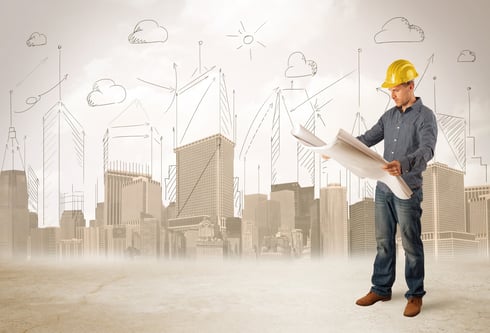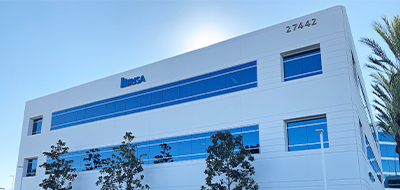Aging infrastructure is a multifaceted problem. Many of our essential structures were built decades, if not centuries, ago, and were not initially designed to meet the demands of our rapidly changing world. Factors contributing to the challenge of aging infrastructure include. Older structures may not meet current safety and design standards, which can pose risks to public safety. The corrosive effects of time and exposure to the elements can weaken structural materials, leading to reduced load-bearing capacity and increased maintenance needs. Many older bridges and roads were constructed with lower traffic volumes in mind, making them ill-equipped to handle modern traffic loads. Climate change and evolving weather patterns can accelerate the degradation of infrastructure, leading to more frequent and severe maintenance and repair needs.

Retrofitting for Longevity
To address the challenge of aging infrastructure, structural engineers are increasingly turning to retrofitting. Retrofitting involves the modification and strengthening of existing structures to improve their performance, safety, and extend their service life. This approach offers numerous benefits. Retrofitting ensures that structures meet current safety standards, reducing the risk of catastrophic failures. Retrofitting is often a more sustainable option than complete replacement, as it extends the life of existing infrastructure and reduces waste. Retrofitting can be a more cost-effective solution than building entirely new structures from scratch. Retrofitting allows for necessary improvements without the need for lengthy construction and road closures.
Innovations in Retrofitting
Structural engineers are deploying various innovative strategies to retrofit aging infrastructure. High-strength materials, composites, and coatings are being used to reinforce and protect existing structures. Sensors and monitoring technologies are being incorporated into structures to provide real-time data on their condition, enabling proactive maintenance. In regions prone to earthquakes, retrofitting techniques are designed to enhance a structure's ability to withstand seismic forces. Upgrading older buildings with modern energy-efficient systems and insulation can improve sustainability and reduce operating costs.
Retrofitting aging infrastructure is not only a practical solution but a necessary one. The responsibility of ensuring the longevity and safety of our infrastructure rests on the shoulders of structural engineers. By embracing innovative materials, technologies, and retrofitting techniques, they are helping to secure our critical infrastructure for future generations while promoting sustainability, safety, and cost-effectiveness. In a world where the demands on our infrastructure are ever-increasing, retrofitting stands as a testament to the resilience and adaptability of our built environment.
Case Studies
Several noteworthy retrofitting & addition projects serve as inspiration for the potential of this approach. See just a few featured in RISA's case studies.




